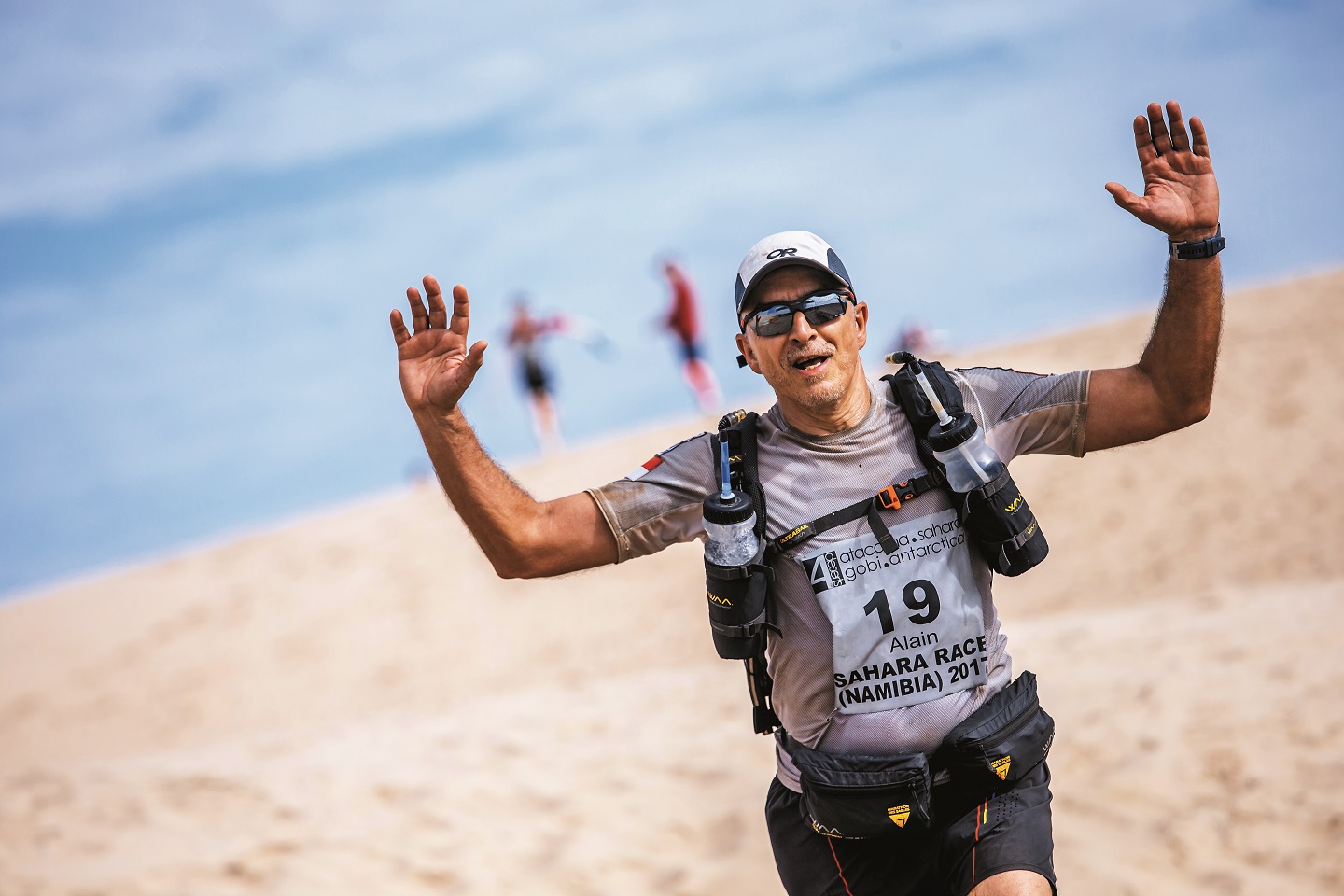
Chasing ultramarathons around the world has tossed many an adventure into Esseiva’s lap (All photos: Alain Esseiva)
It was a baptism of fire. Alain Esseiva was no stranger to strenuous outdoor activity. Although moving to Singapore saw him eventually hang up his mountain bike, swimming and running kept him in shape. When an old friend talked him into joining an ultramarathon in Vietnam in 2009, the Swiss national likely expected a tough but manageable challenge. A few weeks of preparation, including cross-training and familiarisation commenced, and he landed in the country nervous but ready to run.
However, tornadoes had just wreaked havoc through the region and the race paths had been rerouted. “It turned out to be a nightmare,” he had shared previously. “By day two, my legs — my calves — were so swollen, it was terrible.”
Anyone else might have retired their running shoes and taken up a less arduous pastime. Not Esseiva. He was hooked.
Out on the open trails
The co-founder and CEO of fiduciary service group Alpadis, Esseiva grew up in Switzerland, where nature was right outside his door.
“We were surrounded by beautiful hills and mountains, so from a young age I learnt to love the outdoors,” he says. “However, while I was always active and loved hiking, ultramarathons were something else entirely. I love the travel element of it, visiting different countries and running in some of the most beautiful and rugged places on earth.
"The pared-down simplicity of the task appealed, too — you just turn up with an 8kg rucksack packed with essentials to run all day and camp out in tents in the evening. I also loved meeting the other participants, who ranged from keen professionals to part-time runners from all over the world.”
Ultramarathons are not just an extension of full marathons, which are fixed at 42.195km. They typically start around the 50km mark but can include 24-hour or multiday races that span between 1,600km and 4,345km.
Rather than the speed emphasised in marathons, the ultra refers to extreme conditions or gruelling stressors such as challenging terrain or weather. Runners have to pace themselves carefully, battling exhaustion, nausea, cramps and, in especially long races, sleepiness and hallucinations. There is also the occasional temporary loss of vision, nicknamed Hellgate Eyes, that occurs when windy conditions dry out or damage the cells that maintain a protective liquid layer over the cornea, leading to their swelling and the subsequent blurring of vision.
12.jpg

If that sounds intense, it is. In fact, China earlier this year declared an indefinite ban on ultramarathons and other extreme sports after 21 long-distance runners died during an ultramarathon at Yellow River Stone Forest Park in the Gansu Province of northweatern China.
A sudden change of weather saw high winds, hailstones and frigid rain batter 172 elite runners as they tackled the treacherous mountain trail, forcing many to seek shelter in caves and leading dozens to stray so far off the path in the storm that rescue efforts had to be initiated. Pundits called it one of the most tragic events in the history of long-distance running.
Esseiva is vigilant about never taking safety for granted, but danger is an inevitable risk in any outdoor activity. While climbing the Chilean side of the Licancabur stratovolcano, which shares a border with Bolivia, he gave a passing thought to the lack of a trail before continuing on his way.
“I discovered a few days after the climb that we had walked through a landmine area that was not indicated on any map,” he says. “It still gives me shivers when I think about it!”
Yet, for the man who has run at least three of the four desert races in the world — the Gobi March (Mongolia), Atacama Crossing (Chile) and The Last Desert (Antarctica), with the Namib Race (Namibia) to go — there is immense gratification in staring nature in the eye and tackling a personal conquest.
“These long-distance runs are hard and lonely,” he says. “However, these are also the best parts of such runs. The loneliness is one of the most attractive things about these events for me. On some days, you might see just one or two other runners and you feel completely alone in the world. It forces me to just concentrate on myself and the challenge ahead, and allows me to really contemplate and appreciate the natural world around me. This also helps combat boredom and the fatigue that may set in.
“Ultramarathons build mental strength, which is so important both in and out of running. When you have no one around you to help or cheer you on, motivation has to be intrinsic and come from within. I am certain that running these types of distances is 50% fitness and training and 50% mental. Long-distance running is more pain management than physical challenge. Everybody suffers. It was a revelation to me when I discovered that everybody, even the fastest or most experienced runners, endures pain. I realised I was not the only one to suffer, just one of many.”
Chasing ultramarathons around the world has tossed many an adventure into Esseiva’s lap, and he is hard-pressed to pick a favourite. He eventually settles on a 2018 run in Antarctica as one of his best experiences.
alain_esseiva.jpg
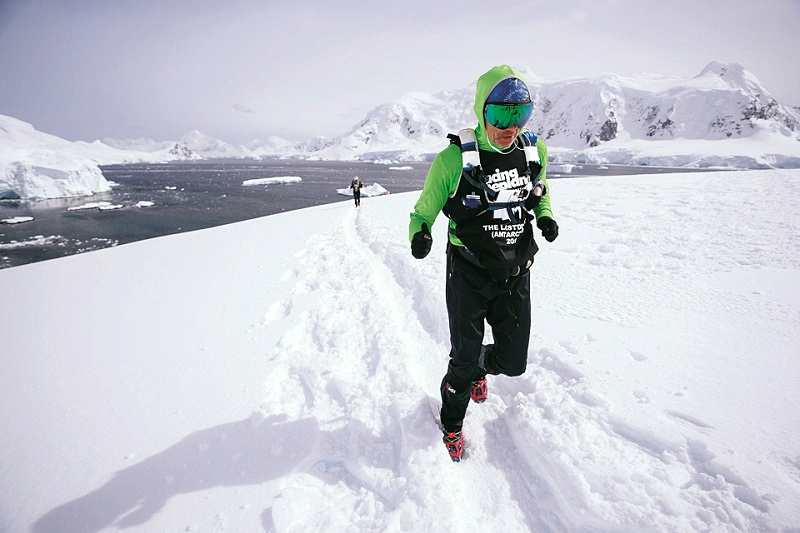
“We were meant to cover 250km over six days, but I ended up running just 127.61km across five stages, as the race had to be cut short because of poor weather,” he recalls. “Antarctica is truly magical, a place of overwhelming natural beauty. I felt that human beings really did not belong to this landscape of snow, ice, granite and water. The wildlife is unique. Out at sea on the way there, we passed humpback whales and fin whales and all sorts of birds. One of the highlights for me was the penguins. They are incredibly interesting animals and very curious, often walking up to us to take a closer look.”
That desolate terrain and the climes that shape it are no laughing matter. The changing weather was always going to be a challenge, but an onslaught of strong icy wind and a flurry of snow increasingly worsened conditions on the fourth day, and the race had to be called off. But those very circumstances also mean the Antarctica ultramarathon has some luxuries others do not.
“It’s a huge continent and there are quite a few ‘islands’ of sorts around,” elaborates the adventurer. “A boat acts as base camp, and we get to sleep in cabins, have food prepared in between legs and use facilities such as showers. It’s a far cry from the usual ultramarathons that demand more self-sufficiency.”
Mongolia is another fascinating destination he has returned to with running on the agenda. In 2012, during a 100km race that had to be completed in three days across tricky terrains, he slipped while crossing a series of rivers.
“The second crossing was a 30m river and I had to haul myself across using a cable,” says Esseiva. “It had rained heavily the day before so the water level was much higher than usual. As I attempted the crossing, going against the current, I slipped and my neck was stuck between the strong current and the cable. The next thing I knew, someone had gripped my hand and I found myself on the back of a Przewalski, a rare horse native to Mongolia. A skilled local rider had crossed the river on horseback to pull me out of the water. It was like something out of a Genghis Khan movie!”
mongolia_morning_of_last_stage.jpg
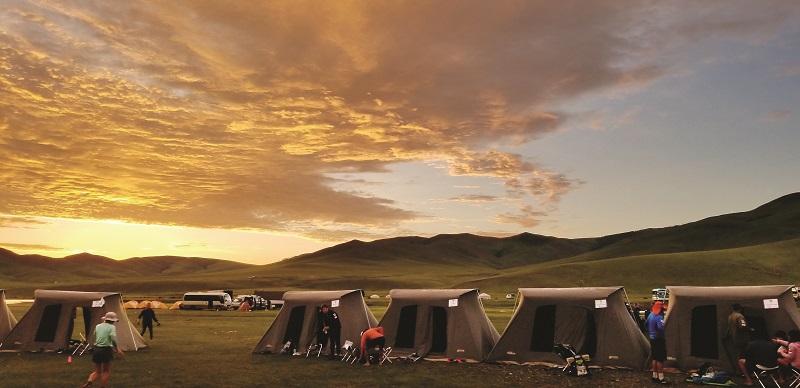
The incident did not deter him from racing in Mongolia again, which he did in mid-2018 for the Gobi March, a 250km ultramarathon in the Karakorum region of Central Mongolia.
“The region encompasses a stunning variety of Mongolian landscapes, including deserts with massive sand dunes, lush valleys, mountains, rivers and rolling hills dotted with white gers (nomadic tents) and ancient Buddhist monasteries. We ran through the Orkhon Valley, a Unesco World Heritage Centre, and ended the race at the Ancient City of Karakorum. I ran for a total of 50 hours and 39 minutes, split into six stages.
"We were meant to sleep in tents every night, but they flooded and we had to decamp to a nearby sports centre. Since we often arrived at our camps late in the day or early in the morning, around 2.45am at the end of the long march stages, we sometimes had to run at night using glow sticks as guides. Crossing through some of the oldest human settlements in existence, including parts of Genghis Khan’s empire, was hands down the best part of this race.”
Parallels at play
The extreme sport of ultramarathons and the wild and untamed settings they take place in might seem at odds with the straitlaced world of finance, but Esseiva testifies to crossover or resonant values across both pursuits.
“Running ultramarathons helps me prepare for the unexpected,” he muses. “During a race, I may come across sudden inclement weather or find myself stuck in a fast-flowing river. Likewise in business, we often find ourselves dealing with opportunities and challenges that suddenly spring up on us.
“Furthermore, running helps me understand what I am really capable of both physically and, most importantly, mentally. It is not uncommon to ‘hit the wall’ during a race, in which your body is screaming for you to stop. It takes mental effort and great courage to be able to push past this daunting phase.
"I think many entrepreneurs have faced similar experiences in their endeavours, which require a lot of courage and passion. Being competitive by nature does help. It forces me to keep pushing even on the last day of a race when my body wants to give up. It also pushes me to constantly search for new opportunities and competitive advantages in business.”
alain_esseiva_-_gobi_march_2018_-_stage_2_1.jpg
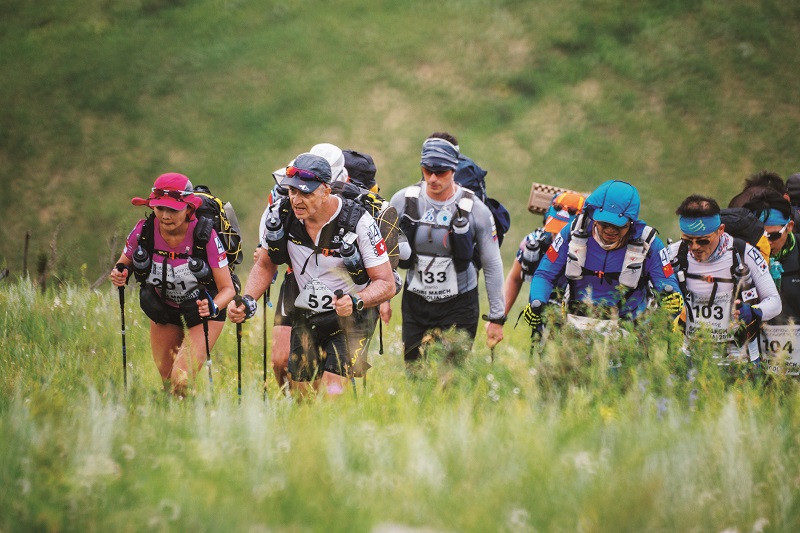
Esseiva founded Alpadis Group in Switzerland in 2005 with a small team of wealth planning experts to provide independent and bespoke fiduciary services supported by technology for corporate and private clients in Europe and Asia. Offices in Singapore, Malaysia, Thailand and Hong Kong support clients this side of the world, with the founder himself operating out of Singapore.
“Our corporate team helps guide businesses as they grow and expand in Asia,” he says. “Our experts are able to access a variety of services, such as Company Formation, Taxes, Regulatory Compliance, Market Expansion and Mergers and Acquisition advisory for entrepreneurs and CEOs to allow them to concentrate on growth in complex markets and remain confident that their corporate needs are in good hands.
"Meanwhile, private clients benefit from our vast experience in protecting and preserving wealth for the next generation through services such as Wealth Planning and Asset Structuring, Trusts and Foundations, Charities and Philanthropy, Relocation and Family Governance Advisory.”
Malaysia — indeed, Asia as a whole — is a particularly interesting animal where wealth planning is concerned. A remarkable amount of wealth has transferred to the continent over recent decades, which has prompted a boom in the number of high-net-worth individuals (HNWIs) in the region, including Malaysia.
“This growth has continued even despite Covid-19. In fact, a survey by Knight Frank predicted that Asia would see the fastest growth in HNWIs over the next five years, at 39% compared with the global average of 27%.”
Malaysia has seen an 8% increase in HNWIs between 2015 and 2020 and that figure is set to soar up to 36% over the next five years.
“Unlike in the West, wealthy families in Asia tend to be younger, with wealth in the first or second generation, and tend to rely on family businesses as the primary source of wealth generation,” explains Esseiva. “Over the next decade and a half, we will see an increasing number of matriarchs and patriarchs start to pass on, leading to a significant amount of intergenerational wealth transfer. Succession and legacy planning will become more important then, and this will need to be managed by the families and the family offices they employ.
"Unlike in the West, where family offices have been around a lot longer and the process of managing wealth transfers is well established, many family offices in Asia are approaching their first intergenerational wealth transfers.”
That in itself is a daunting notion, with the intricate and complex processes involved, but the Swiss national says Asia faces an additional challenge with a cultural tendency to shy away from the topic of succession. The unique dynamics and idiosyncrasies of each family also make navigating these conversations a delicate exercise. Employing advisers who understand these cultural nuances and norms is a key feature of Alpadis’ offerings for wealthy individuals in the region.
kazakhstan_8_1.jpg
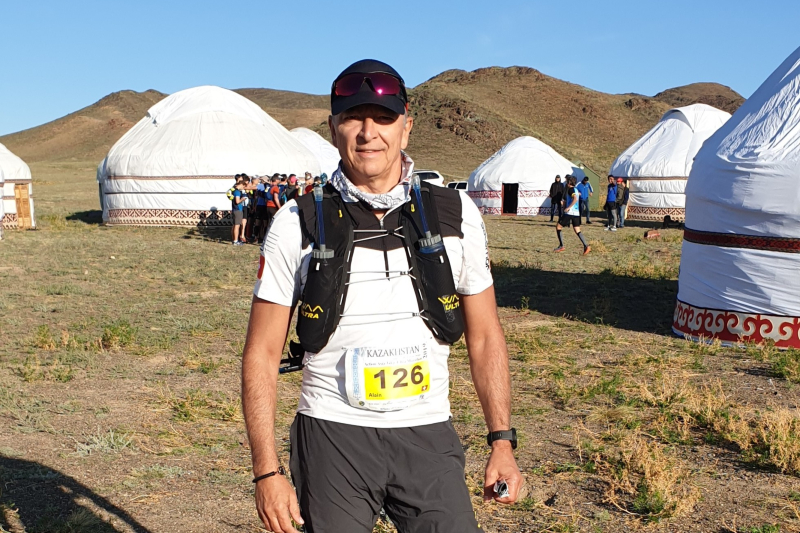
“We are a neutral service provider, which means we do not have any preferred strategy or product and are completely impartial. We are not asset managers and we take our independence very seriously, operating without the influence of any financial institution, bank, service provider or insurance company, for instance. Our experience and objectivity allow us to act with our clients’ best interests in mind, whether that is the day-to-day administration of their high-value assets or services such as relocation or estate planning.”
This spirit of independence also translates to internal practices. As his colleagues are experienced and know their region and subject-matter areas inside out, they are empowered to work autonomously and confidentially with their clients.
“I have learnt to take a step back as a leader and provide guidance, support and assistance where necessary, but trust in the capabilities of others,” says Esseiva candidly. “I prefer to hire good people and give them the space to work in any way they deem fit. By treating my colleagues like adults, they behave like adults and operate at a very high level.
"This does not mean I have no interest in what they do — quite the opposite, in fact — but I do not wish to micro-manage and pretend to know better than they do [or tell them] how they should do their jobs. Of course, staff will make mistakes and I am here to support them and help them learn.
“That said, managing the firm through the Covid-19 pandemic was a significant challenge. We have offices in multiple countries in Asia and had to ensure our clients continued to receive the high-quality service they’re accustomed to while also keeping our own teams safe. This was certainly not easy, especially given the fast-changing nature of the virus and accompanying regulations in each jurisdiction! However, we pulled together and I believe that, as a team, we have emerged from this crisis stronger and more united than ever.”
Going the distance
The complementary tenets and total immersion in the worlds of ultramarathons and wealth planning ensure that Esseiva flourishes in whichever universe he occupies at any given time.
“A strength of mine is that I am generally quite calm and relaxed, even during times of immense stress,” he says. “This is in part influenced by the running I have done. When you are used to facing a 250km run over five days with nothing but a rucksack on your back, a corporate deadline does not seem so overwhelming.
"To be honest, the opportunity to remove myself from the hustle and bustle of city life is one of the primary factors for choosing to participate in ultramarathons. Being alone for an extended period of time in a peaceful environment provides me with the chance to think and learn more about myself. This habit helps me make better decisions and see things in a fresh perspective.”
He plans out his calendar of ultramarathons to participate in every year, though Covid-19 put paid to that in the last two years. He still prioritises keeping fit and agile, ready for the day when such pleasure — and its accompanying pain — will be within reach again. Throughout the pandemic, he made it a point to go regularly for early runs in the streets of Singapore so the fresh air and activity could help him clear his head and stay cool. It was a habit that would offer him much solace and positivity during such uncertain times.
“It’s important to keep in mind that there is no guarantee of success in anything,” Esseiva says. “Failure can happen at any time to anyone — it can certainly strike at work or during a run. But, to me, it doesn’t necessarily matter how well or poorly you did at something, but whether you have learnt valuable, useful lessons and become better at whatever it is you do. When you have grown as a person, that is success.”
This article first appeared on Aug 9, 2021 in The Edge Malaysia.


